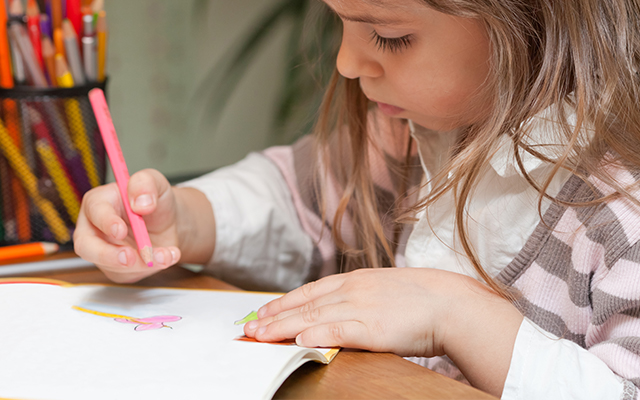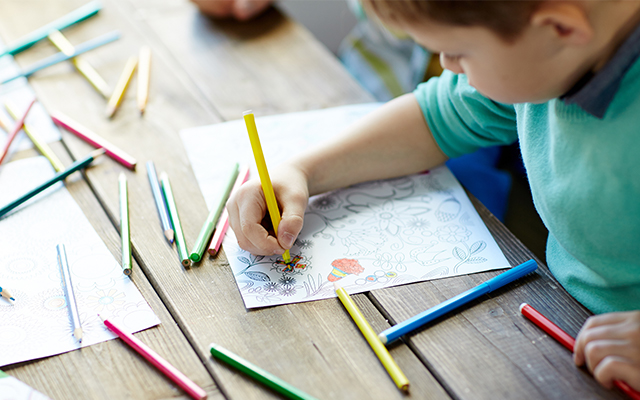How to inspire every child’s creativity
Pablo Picasso once said, “All children are artists. The problem is how to remain an artist once you grow up.”
Picasso’s thoughts about children’s creativity ring true.
Your own childhood would have been filled with hours of drawing, painting and masterpiece-making.
As a parent, you know kids today are much the same. Simply place art materials in front of your kids and it won’t be long before they’re busy creating.
And whether they’re putting pen to paper, creating collages or shaping clay, children are doing far more than improving their motor skills.
They’re learning to express their feelings, solve problems and explore new ideas. More importantly, they’re learning the value of the process of creation.
Kids know the greatest joy of art is in its making.
The trick is getting them to embrace their creativity on a regular basis, instead of turning to the TV or iPad for entertainment.
Fortunately, nurturing your child’s creativity may be as simple as keeping art and craft supplies at the ready.

Kids benefit from having creative tools available
How to set up a space that’s creatively irresistible
“There are a number of things I find effective in encouraging kids’ creativity,” says Roslyn Erskine, learning skills adviser at Monash University and mother of two.
“Most importantly the space needs to be clear and organised.”
Erskine says a simple box, or even a fabric wall hanging with pockets devoted to each type of writing material is a quick and easy system.
“Whatever it is, it needs to be visible and organised,” Erskine says. “If it’s not, they don’t use it. They need to see the range of options.”
Mother of two and Little Worlds owner Ann Maes agrees. “When organising a creative area that inspires children to engage in self-directed play, there is only one thing you need to remember: keep it simple.
“Through simple invitations to play and create with everyday materials, you'll grab children's attention and focus while giving them the freedom to explore and experiment.”
The essentials
- A kid-sized table: Easy to reach tools are key. If you don’t have a small table, try an easel and paper or a chalk board.
- A stack of plain white paper: A blank page can be anything – the sky’s far from the limit when you’re drawing starships and space aliens! Have reams of recycled paper on hand so that your children can exercise their creative energies day after day.

Enabling self-directed creative time is important for development.
- Markers in a single area: Markers and pencils should be to be neat and accessible to appear inviting. Try separating them into types or colours using jars, bottles or fabric pockets.
- A craft drawer: In a single place, keep safety scissors, stamps, tape and other craft supplies.
- A storage or ‘inventor’s’ box: Under the table, use a storage box for larger art materials, such as recylable cardboard and plastic, and natural materials, such as seed pods and bark. According to Ann Maes, the appeal of the inventor’s box lies in combining recyclables with craft supplies for maximum creative fun.
Lastly, adapt these essentials to your children’s needs and developmental stage; as they grow up, so can their palette of tools and materials.
And don’t forget to clear some space on the fridge! Who needs a Picasso? Your family’s art gallery will be second-to-none.


 has the facebook
has the facebook

